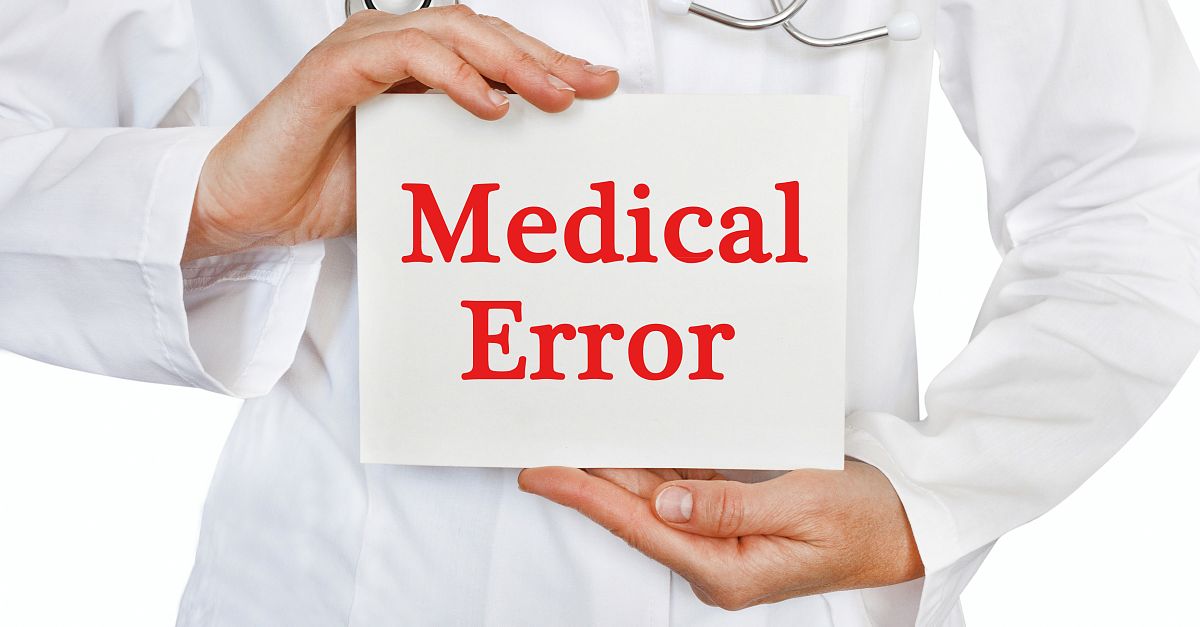We have all heard the warnings that the rate of avoidable medical errors is staggeringly high, with estimations of hundreds of thousands of preventable deaths annually in the US. Deaths from medical error has even been referred to by some as an epidemic. These reports have become viral in their reach by infiltrating the lay media and scientific articles. Most readers have taken these rates and statistics as accurate, with no one questioning the data’s origin. In a commentary recently published in the Journal of General Internal Medicine, Benjamin Mazer and Chadi Nabhan suggest that medical errors occur much less frequently than initially reported and popularized. Indeed, because their message was especially bleak, the initial medical error analyses led to a rapid spread through the cultural “meme” pool, where they have remained. However, this “meme” is based on questionable data interpretation. Many of the studies evaluating medical errors have significant methodologic flaws that have led to overestimation, including use of meta-analyses of incomplete data sets, expansive extrapolation of data from a very small patient pool, poor sample selection, and ascribing a causal relationship between errors and death from only correlative analyses. Challenges in the analysis of medical errors were discussed further by Chadi Nabhan in a HealthcareNOW Radio interview. Recently, several rigorous studies have shown that rates of deaths due to medical errors are much lower than previously reported, representing only 3% to 4% of hospital deaths. The authors caution that the existing medical errors “meme” may cause harm to patients, who are less likely to seek care due to a fear of medical errors. They further suggest that physicians should make efforts to correct these ideas with more accurate information, and take care when reporting results in the future.
High Altitude:
Medical errors are a real and serious concern. However, inflated estimations of medically avoidable fatalities undermine the important dynamic of trust between doctor and patient. In science and medicine, results are placed in context by the field and subsequent studies. But in the modern era, often the most extreme reports are the ones that make the most impact, regardless of the quality of the evidence. Although popular opinion is not peer-reviewed, addressing inaccurate or misleading reports with patients and peers can help to limit the spread of incorrect, and potentially dangerous, information.
Ground Level:
Avoiding medical errors is an important goal for all physicians, yet there is a persistent perception that medical errors result in the death of hundreds of thousands of patients every year. This article provides context for initial reports on the prevalence of medical errors, including limitations in data sets and confounding analyses. Once the sensational results are released, they become entrenched in the mind of the public, despite the emergence of subsequent conflicting reports, which are not as sensational. At a grassroots level, each physician can address and counter misperceptions on medical error rates with their patients and within their communities.

